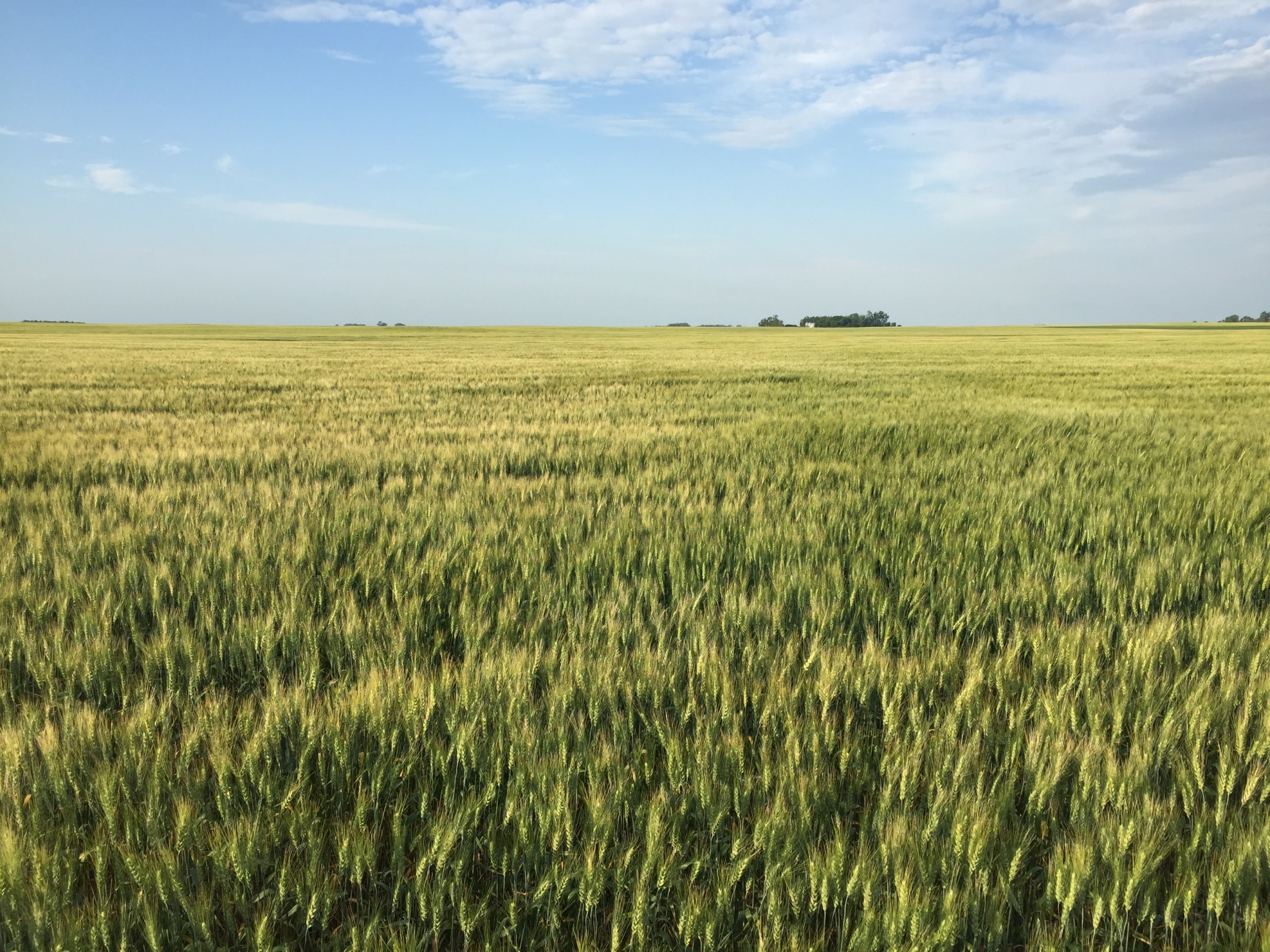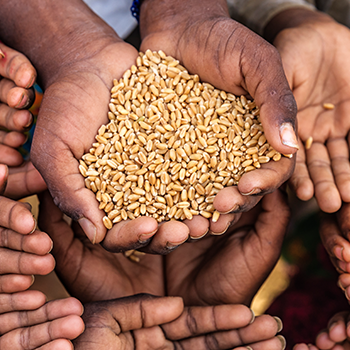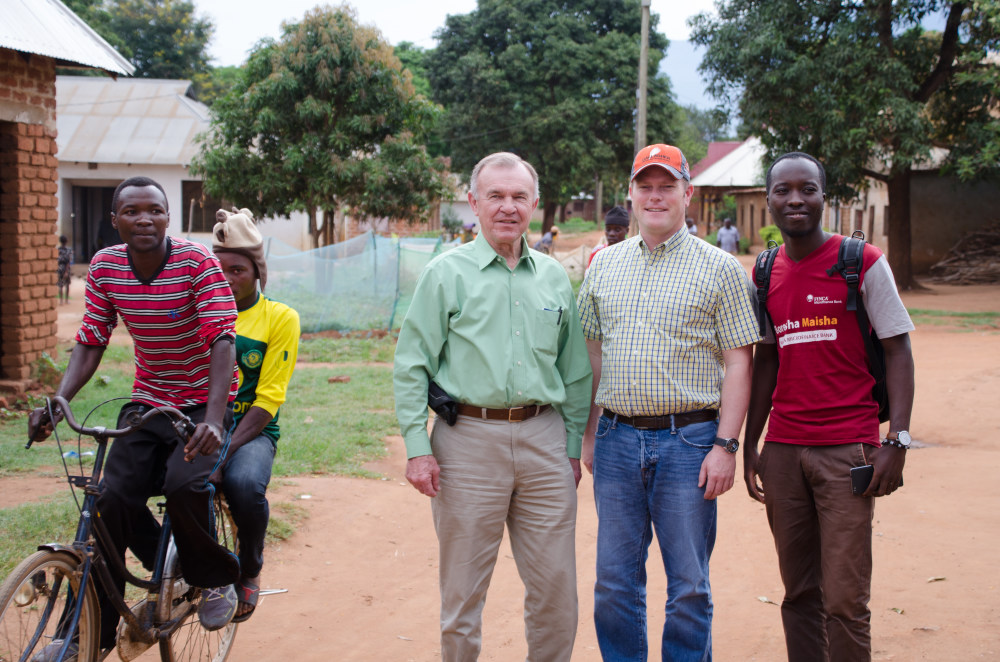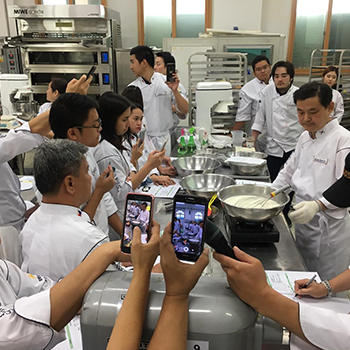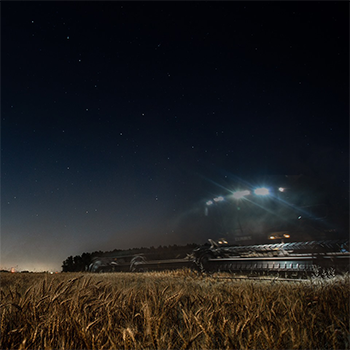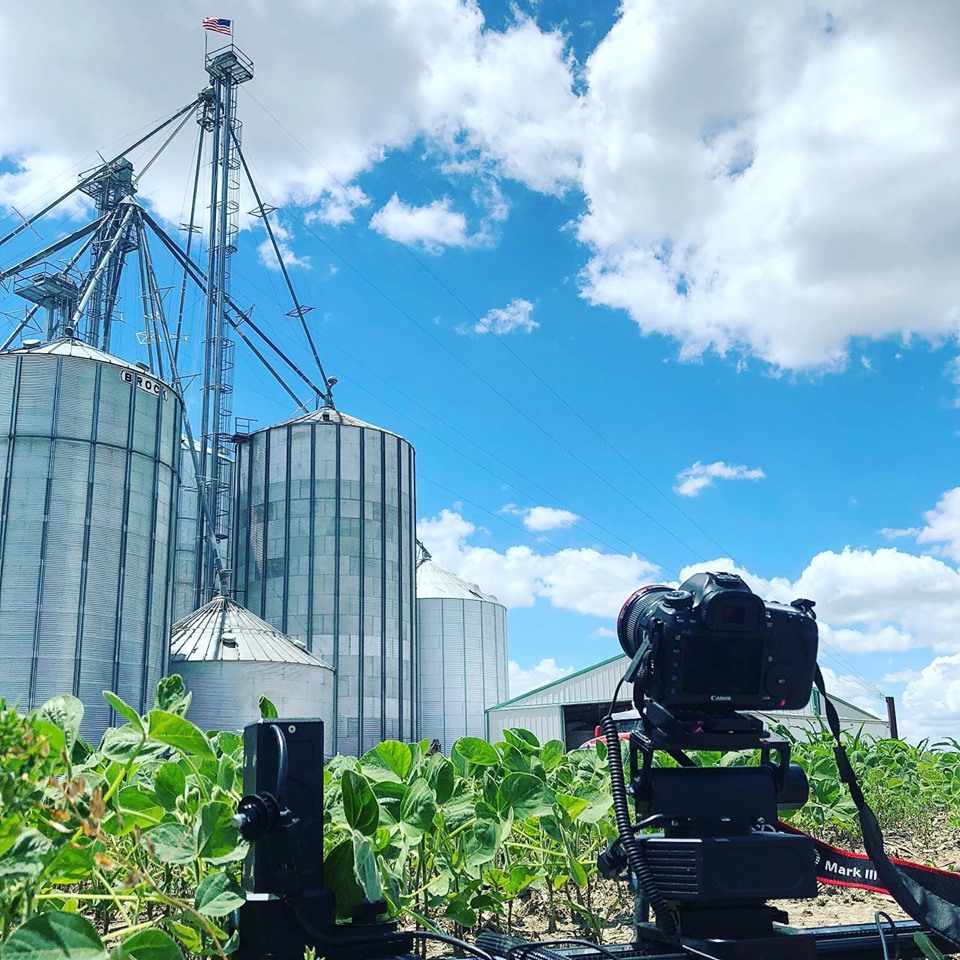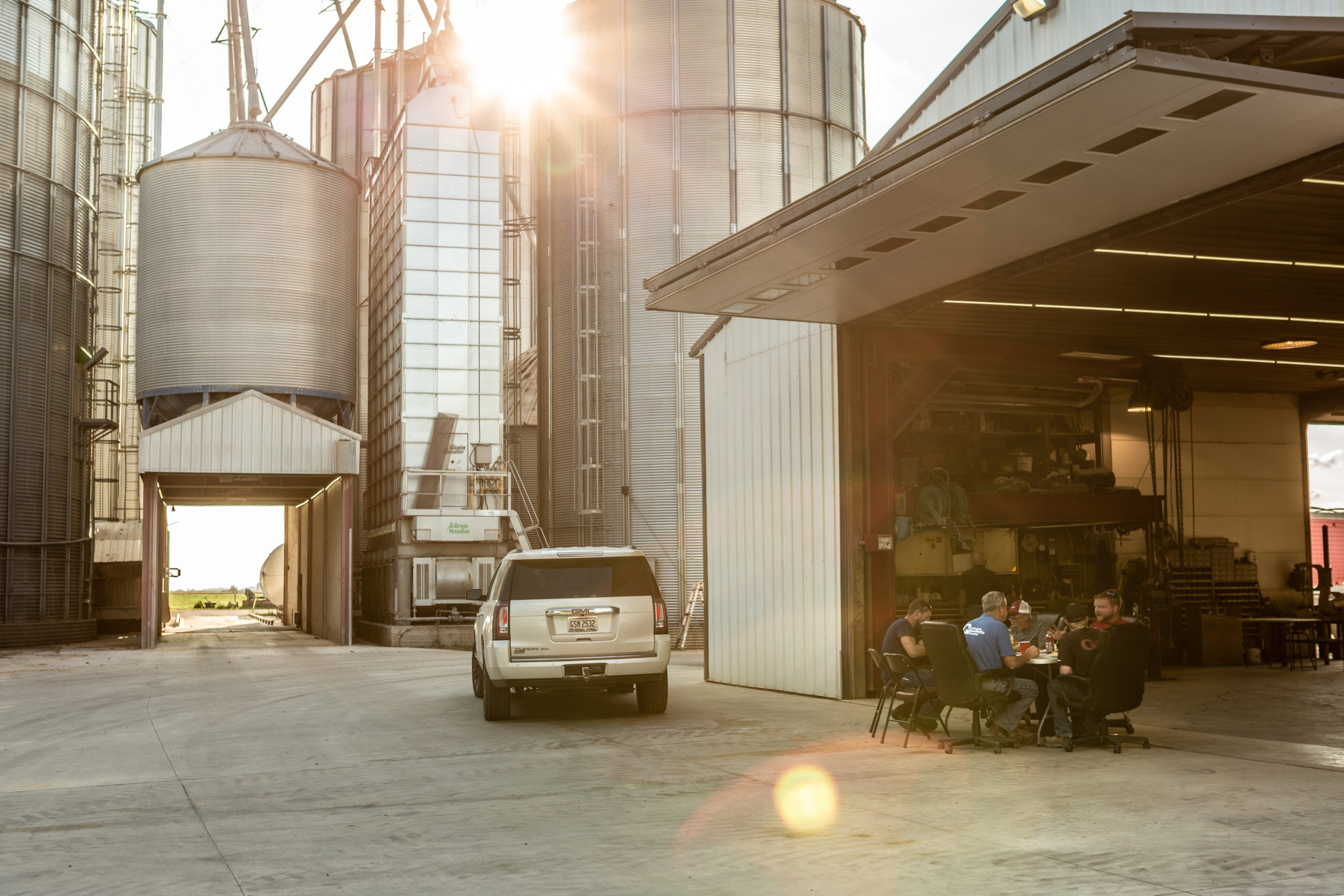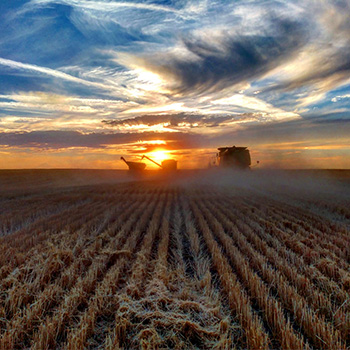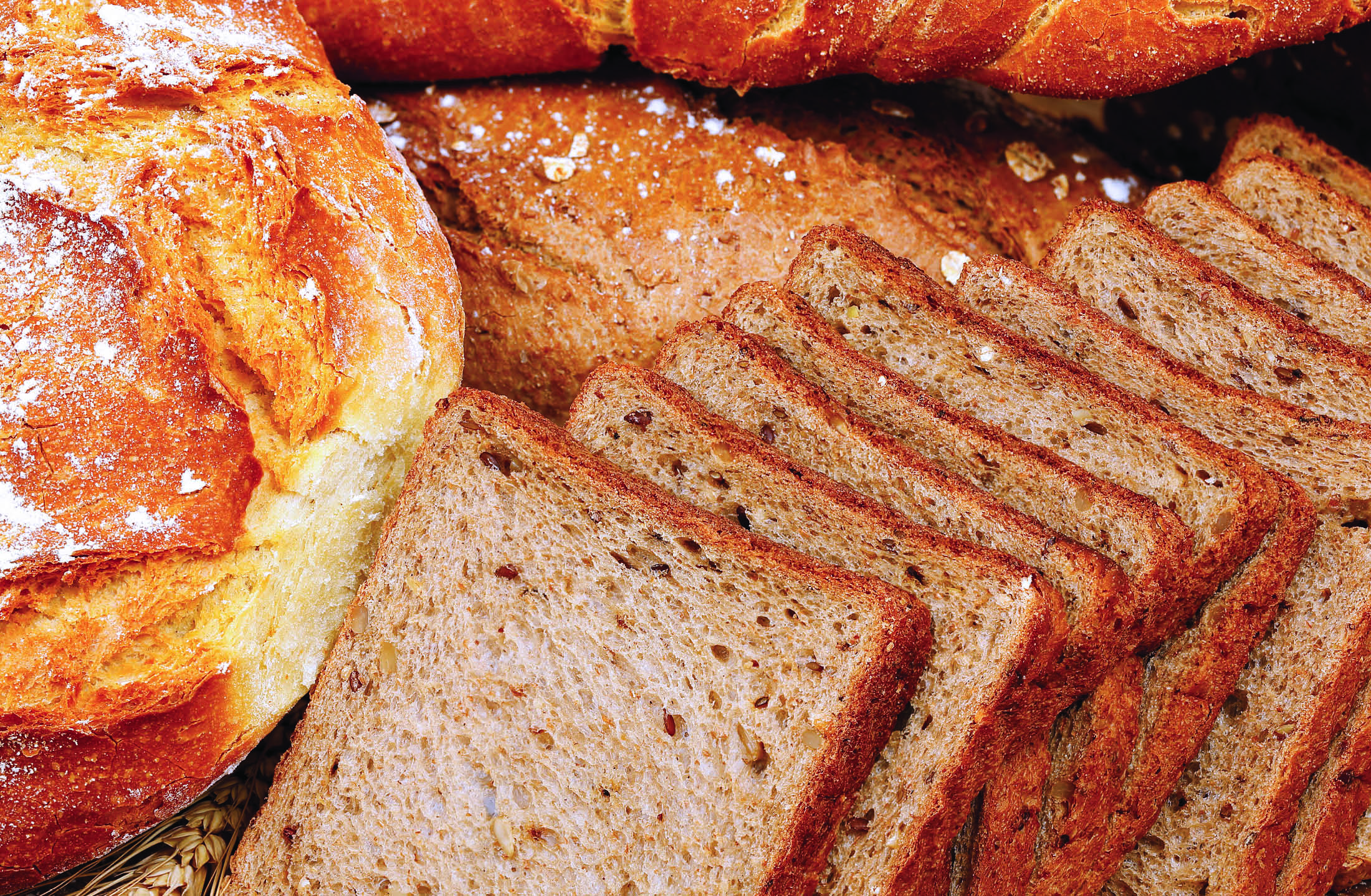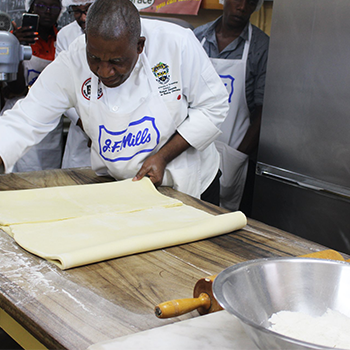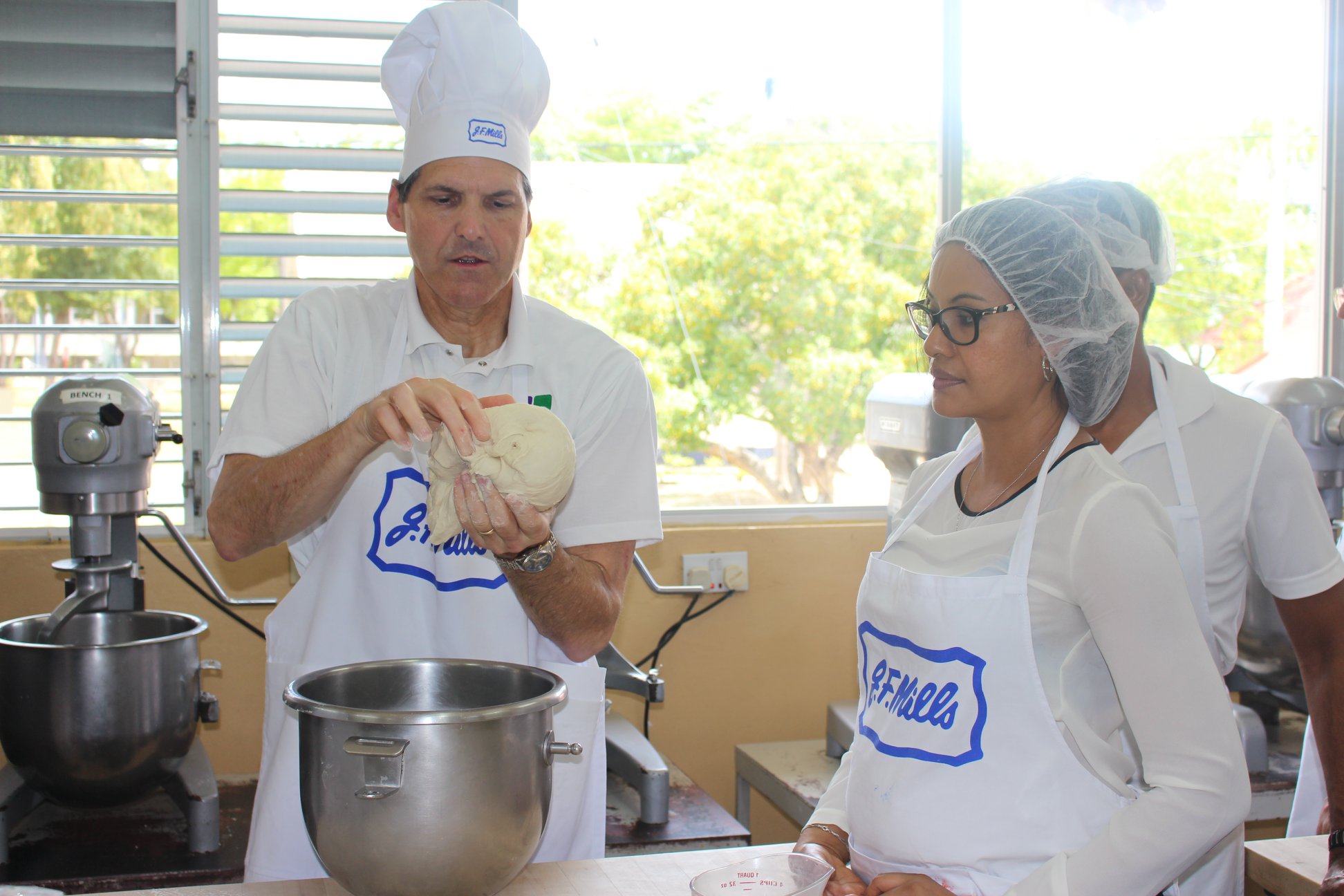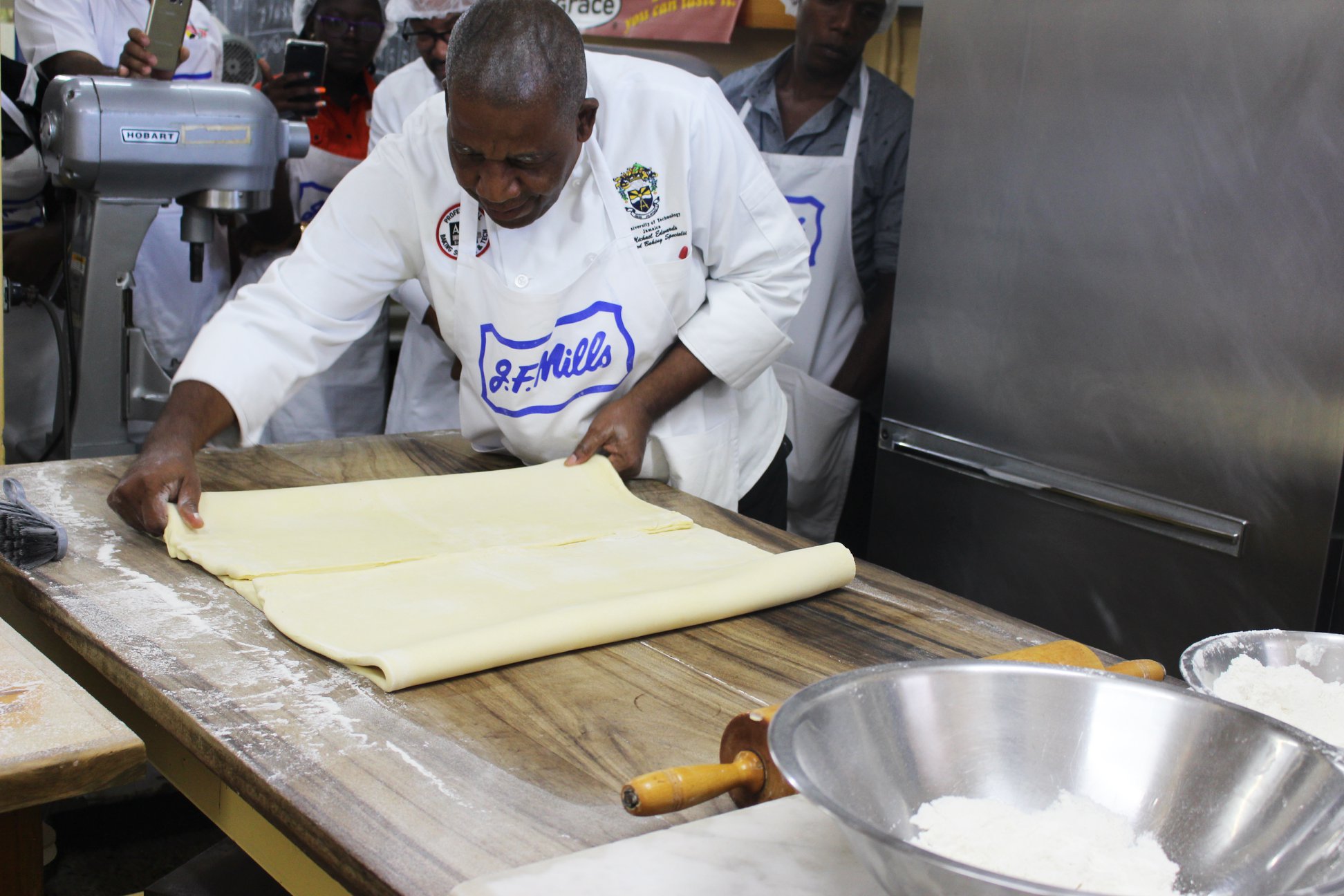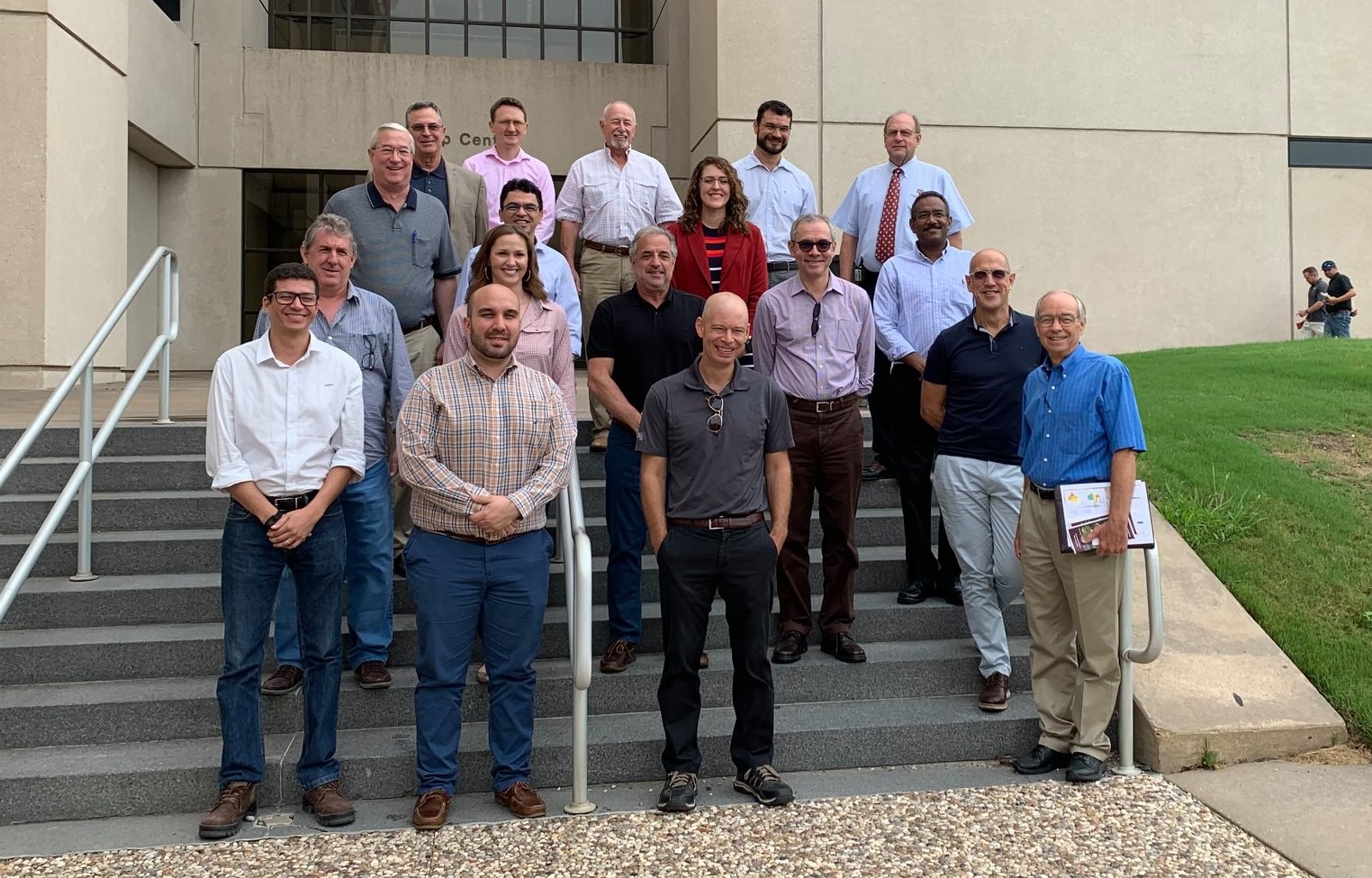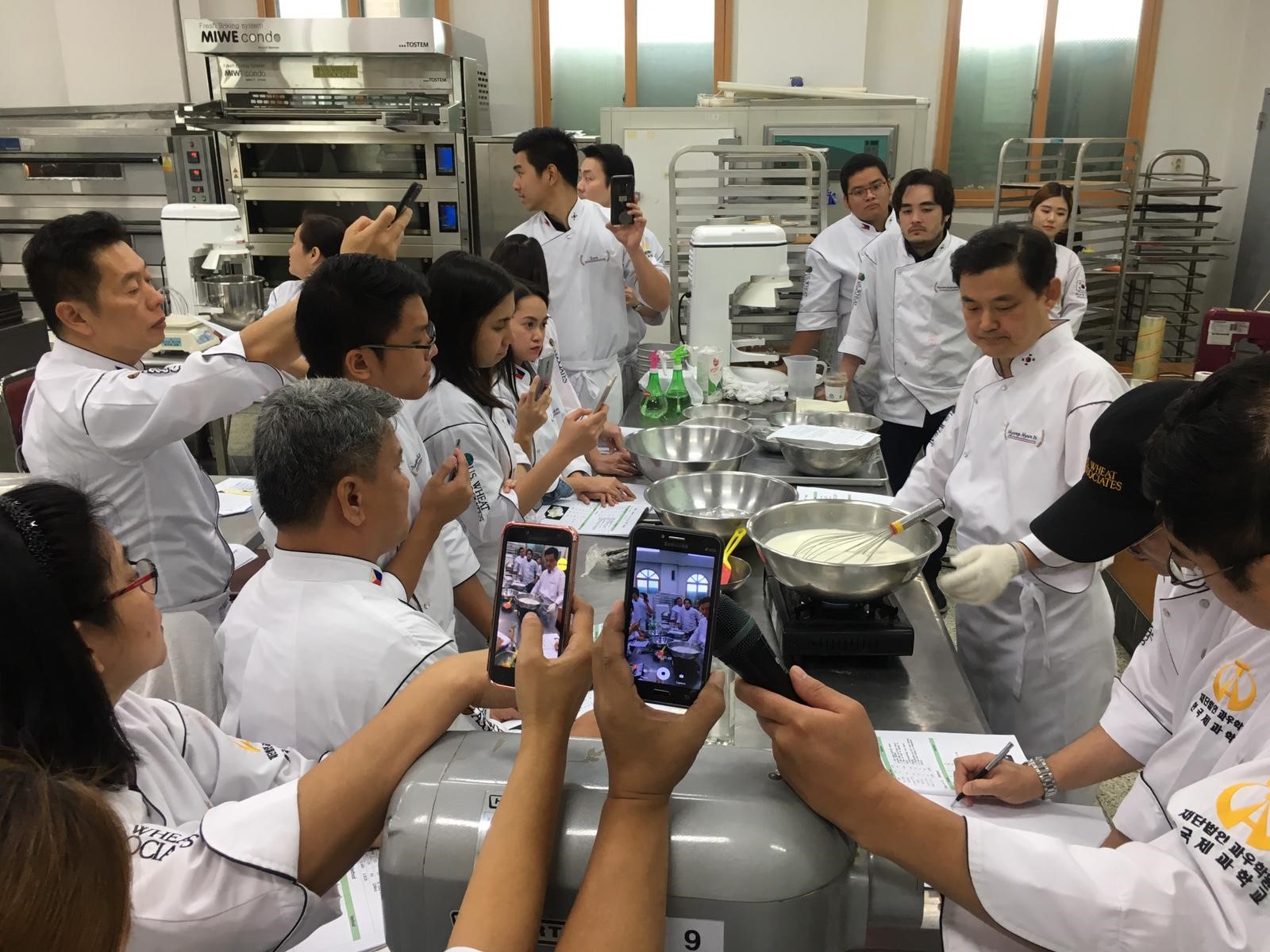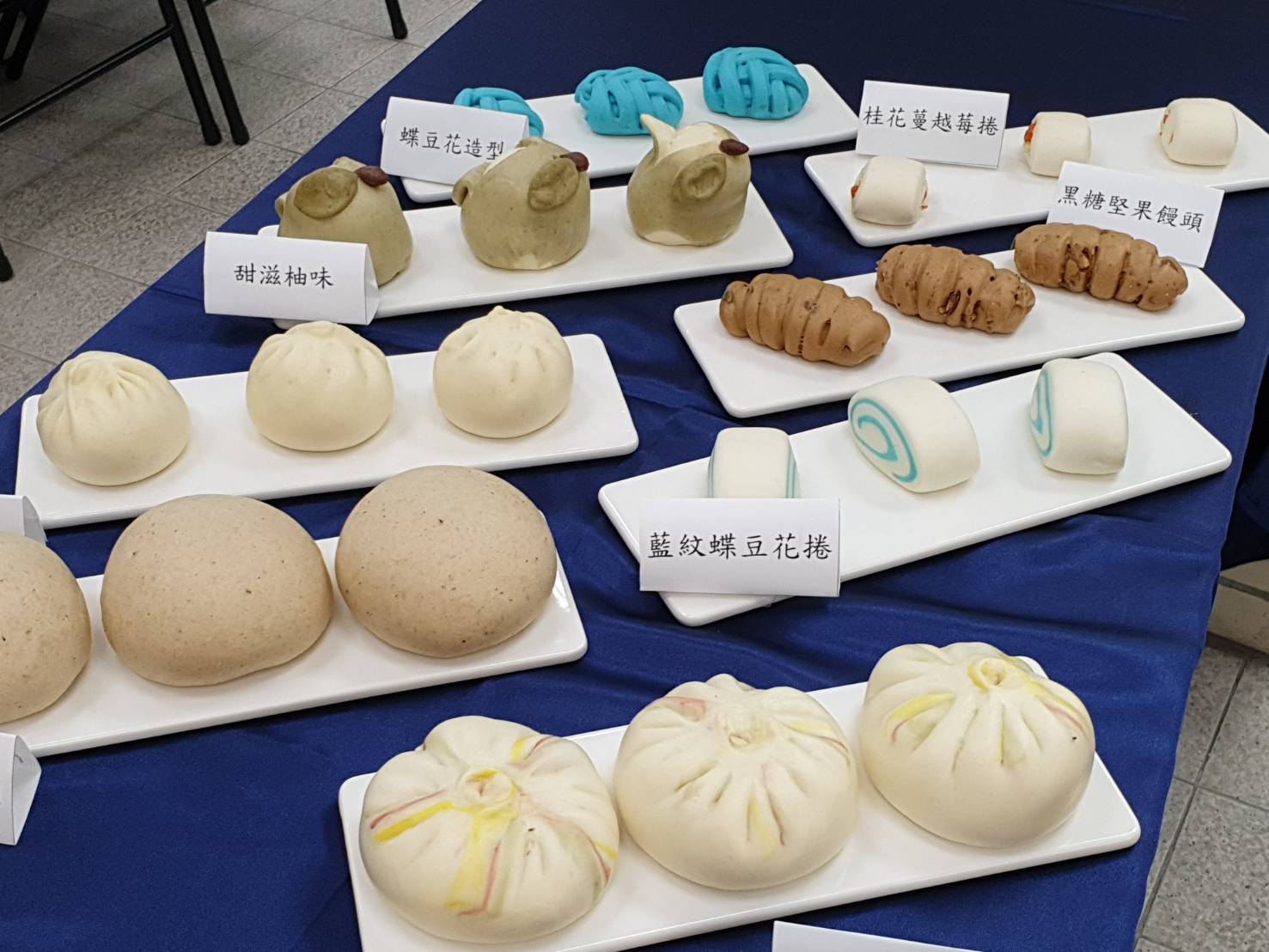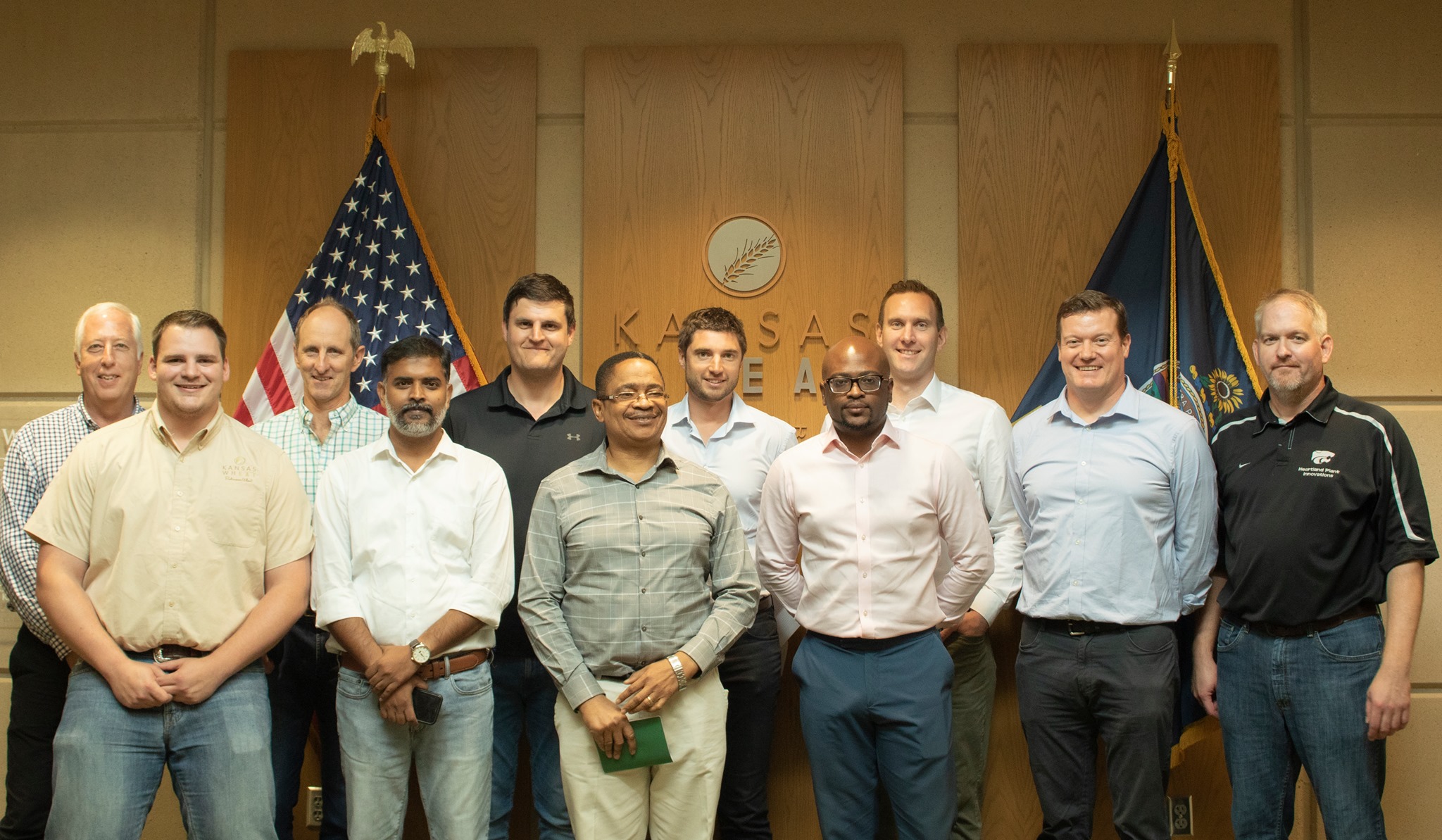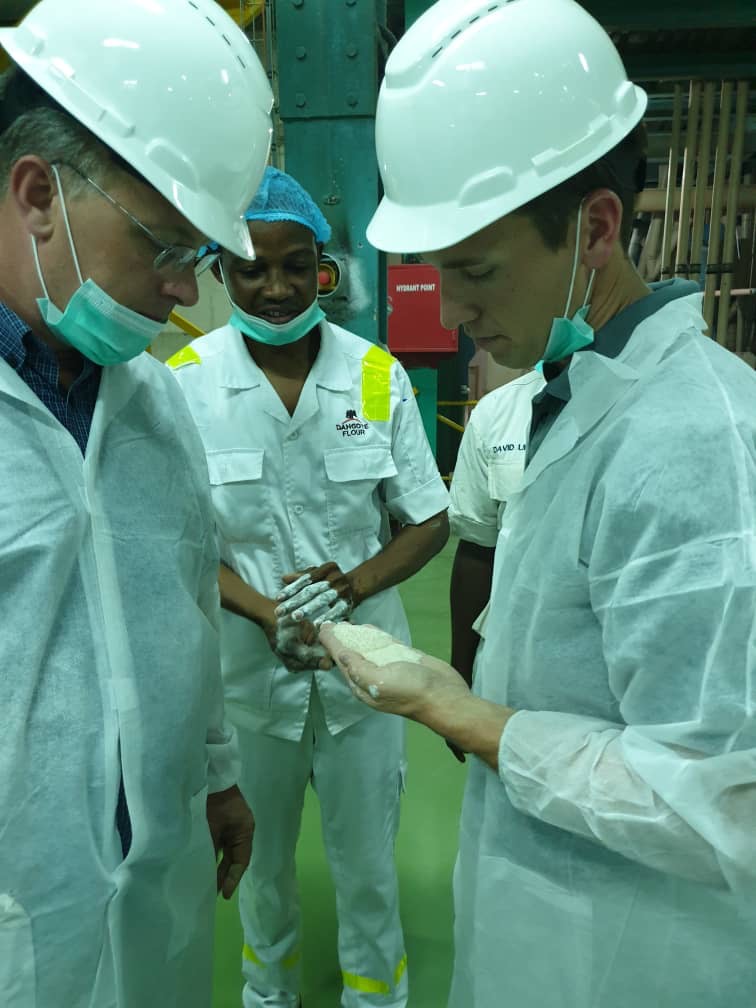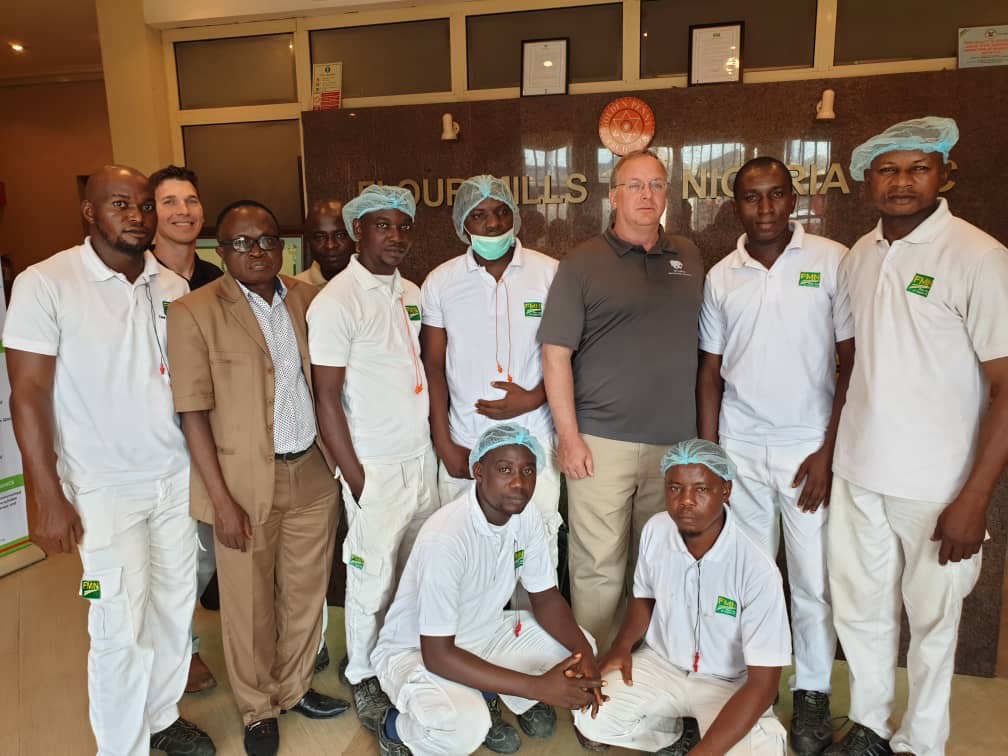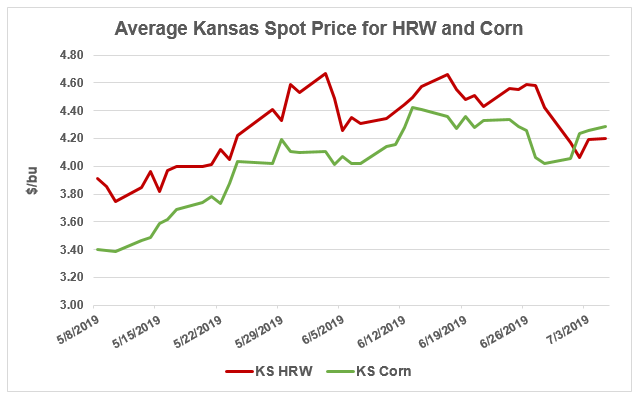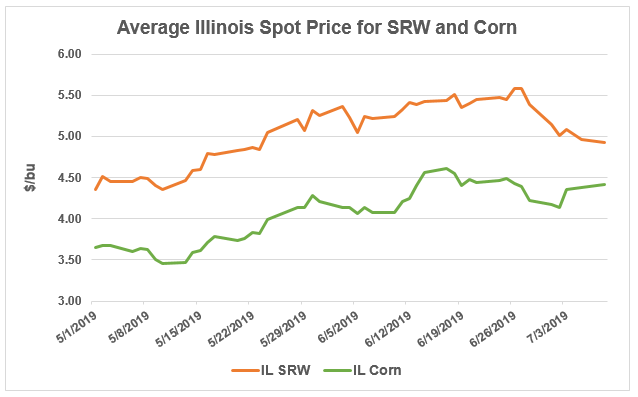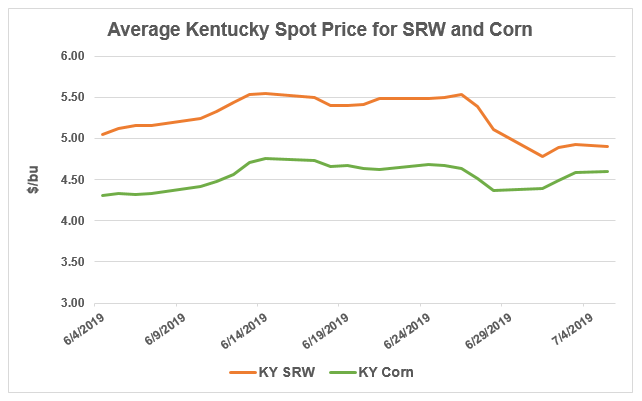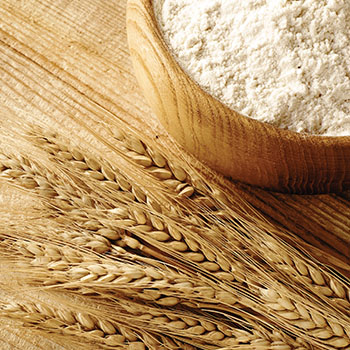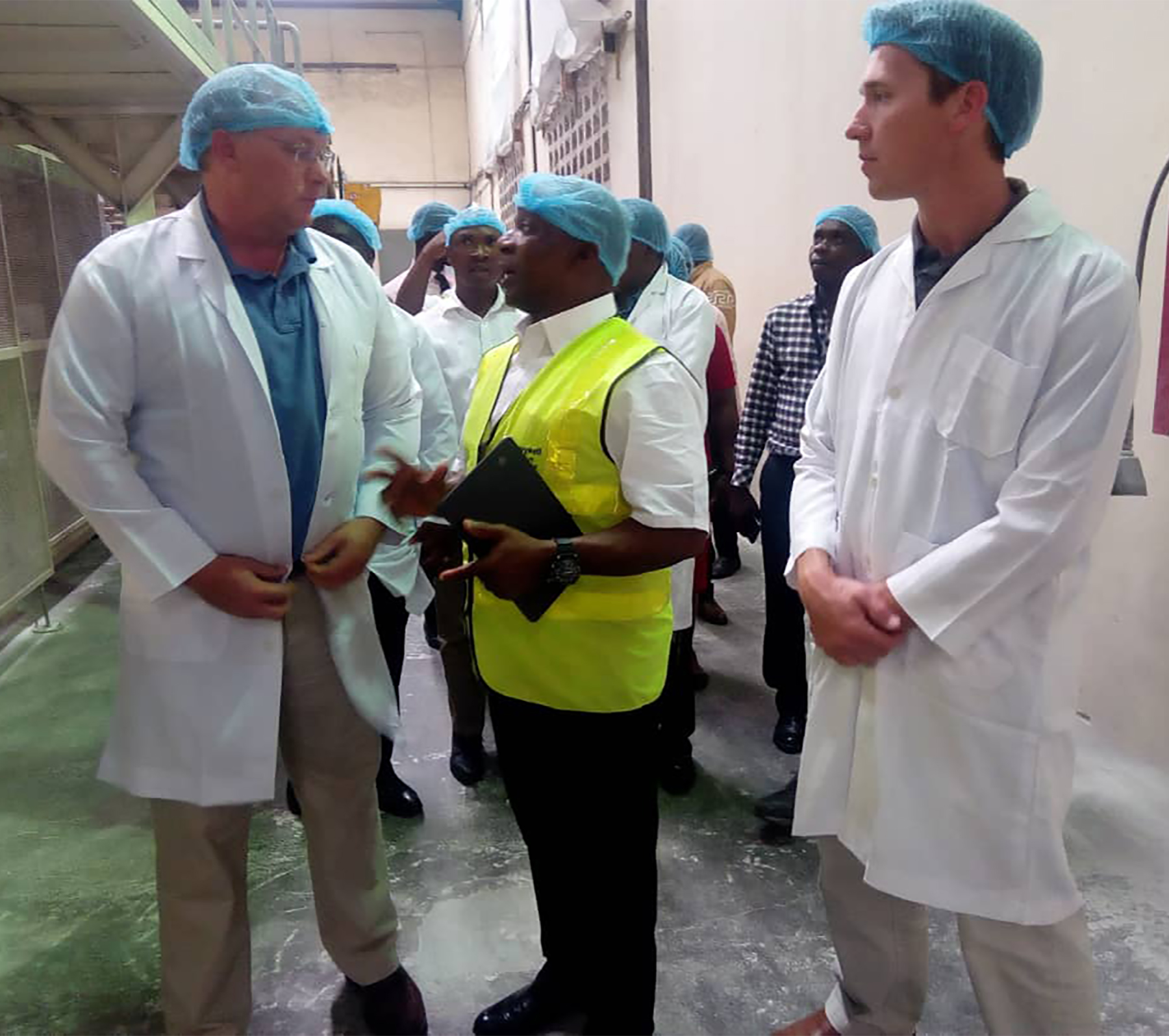Recent news and highlights from around the wheat industry.
Quote of the Week: ““We are concerned that Chinese customers are learning to make do without us. We are hoping that business will bounce back if we return to normal tariff treatment and can again go toe to toe with other imported origins.” – Jeff Coey, Regional Vice President, Hong Kong and China, U.S. Wheat Associates, from an article in Agri-Pulse about the on-going effects of the U.S.-China trade dispute.
Spring Wheat Buying. Reuters reported that Asian flour millers have been actively buying U.S. and Canadian spring wheat since last week as competitive prices drive demand for the grain used largely in making breads and pizza crusts. Millers from the region’s top importer Indonesia, and other countries such as Japan, the Philippines and Thailand, have signed contracts to import about 300,000 to 400,000 [metric tons] since last week, two Singapore-based trade sources said. Read more here.
A Complicated Web of Ideas. Conservationist in the Pacific Northwest have long advocated for opening federally owned dams on the Columbia and Snake Rivers to benefit salmon and other wildlife. Yet the lock and dam systems are essential for the highly efficient barge transportation system that benefits wheat farmers and their overseas customers. Boise (Idaho) Weekly examines this challenge in an article posted online here.
U.S. Grocery Shopping Trends. Farmers and overseas food processors may be interested in Food Marketing Institute’s (FMI) 45th edition of U.S. Grocery Shopper Trends, an annual look at grocery shopper attitudes and behavior. The 2019 report, prepared by The Hartman Group, Inc., studies what consumers want from their retailers when personalizing their grocery shopping. “One third of households have at least one family member following a non-medically prescribed diet, and this rate is higher for younger generations,” said the CEO of FMI. “In an effort to meet their idea of eating well, households are eating in increasingly personalized ways, challenging the food shopping experience.”
IAOM-KSU Flour and Dough Analysis. The IAOM-KSU Flour and Dough Analysis short course will be held at the IGP Institute in Manhattan, Kan., Sept. 10 to 12, 2019. The course will focus on flour and dough analysis practices and methods and correct interpretation and understanding of the results. Click here to learn more and register.
IAOM-KSU Basic and Advanced Milling Principles. Through hands-on training in the Kansas State University milling facilities and classroom discussions at the IGP Institute, these two courses will further develop participants basic and advanced milling skills and understanding of the milling process. The IAOM-KSU Basic Milling Course will be held Oct. 7 to 11, 2019. Click here to learn more about this course and register. The IAOM-KSU Advanced Milling Course will be held Oct. 14 to 18, 2019. Click here to learn more about this course and register.
Subscribe to USW Reports. USW publishes a variety of reports and content that are available to subscribe to, including a bi-weekly newsletter highlighting recent Wheat Letter blog posts, the weekly Price Report and the weekly Harvest Report (available May to October). Subscribe here.
Follow USW Online. Visit our page at https://www.facebook.com/uswheat for the latest updates, photos and discussions of what is going on in the world of wheat. Also, find breaking news on Twitter at www.twitter.com/uswheatassoc and video stories at https://www.youtube.com/uswheatassociates.

